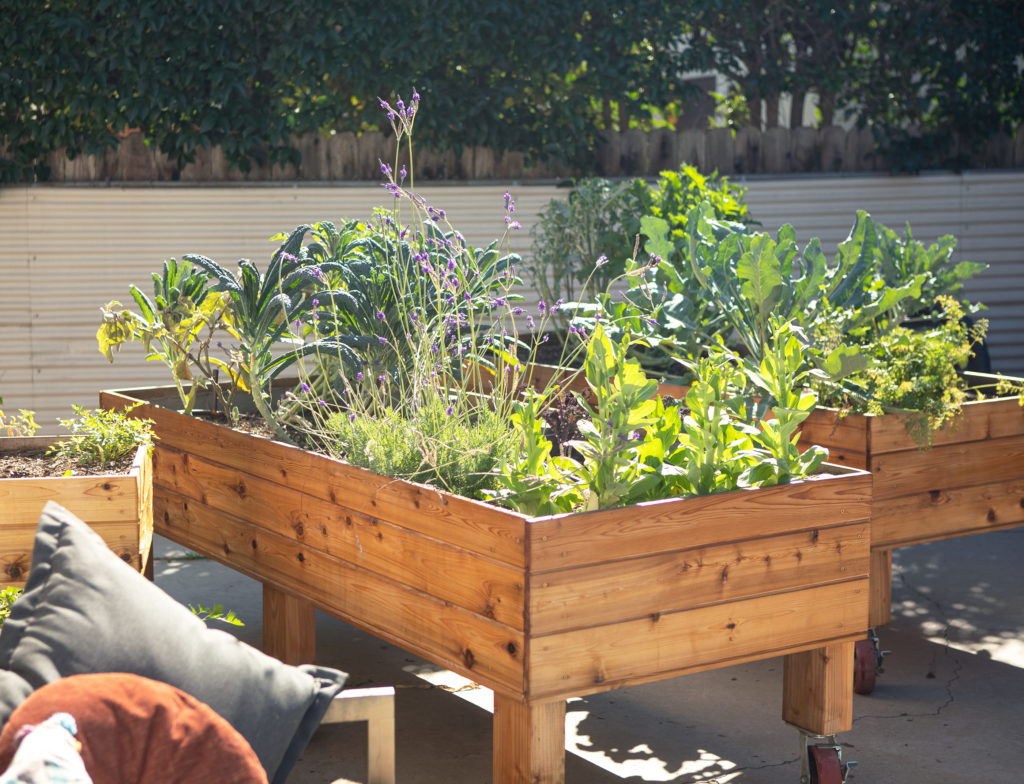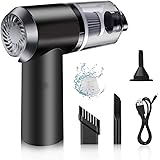You’ve planted your dream container garden, carefully selecting the perfect vegetables, herbs, and flowers to thrive in your planter boxes. But just as your seedlings start to sprout, you notice the telltale signs of unwanted visitors – leaves riddled with holes, wilting stems, and mysterious piles of droppings. Garden pests can quickly turn your bountiful harvest into a disappointing disaster if you don’t take the right steps to protect your plants.
From ravenous rabbits to voracious aphids, a wide range of critters are eager to feast on the tender greens and succulent fruits in your container garden. If you live in the suburbs, rabbits and deer can decimate your plants overnight, while tiny insects like aphids, thrips, and whiteflies suck the life out of your crops. Even slimy slugs and snails can leave a trail of destruction in their wake.
The good news is you can use plenty of methods to outsmart these garden invaders and keep your planter boxes thriving all season long. This guide will look into a variety of physical, cultural, and biological controls to prevent pests from ruining your container gardening dreams.
Physical Barriers
Physical barriers are one of the most effective ways to protect your garden planter box from pests. These barriers physically block pests from accessing your plants, ensuring they remain unharmed.
Fencing and Netting: To exclude larger pests like rabbits and deer, install fencing around your planter box. A tall fence (at least 8 feet) is necessary for deer to prevent them from jumping over. For rabbits, a smaller mesh fence (2-3 feet high) with the bottom buried at least 6 inches underground can prevent them from digging under. Netting is also useful for keeping birds away from your fruits and vegetables, ensuring they remain intact until harvest.
Copper Tape or Mats: Slugs and snails are deterred by copper. Placing copper tape or mats around the perimeter of your garden planter box creates a barrier that these pests won’t cross, protecting your plants from their voracious appetites. Copper creates a mild electrical charge that slugs and snails find unpleasant, effectively keeping them at bay.
Floating Row Covers or Insect Netting: These can protect your plants from flying insects and birds. Floating row covers allow light and water to reach your plants while keeping pests out, and insect netting is effective against small flying insects that can damage young plants. These covers can be easily removed when it’s time to water or harvest.
Cultural Controls
Cultural controls involve practices that make your garden less attractive or accessible to pests, promoting a healthier growing environment.
Choosing Pest-Resistant Plant Varieties: Some plant varieties are naturally resistant to certain pests. Selecting these varieties can reduce the likelihood of pest infestations in your garden planter box. For example, planting pest-resistant tomato varieties can help avoid common problems like blight and aphids.
Companion Planting: Planting certain plants together can confuse and deter pests. Companion planting reduces pest problems and promotes garden biodiversity, creating a more resilient ecosystem.
Maintaining Good Garden Hygiene: Keeping your garden clean by removing weeds and debris reduces hiding places for pests. Regularly cleaning up fallen leaves and plant debris can prevent pests from finding a home in your planter box. This practice also helps reduce the spread of plant diseases, ensuring healthier plants.
Biological Controls
Biological controls use natural predators or organic solutions to manage pest populations without harming the environment. Ladybugs and lacewings are beneficial insects that feed on aphids and other soft-bodied pests. Introducing these insects to your garden can naturally control pest populations without harming your plants. Beneficial insects can be purchased online or from garden centers and released into your planter box.
As a last resort, organic pesticides like neem oil or insecticidal soap can be used to control pests. These solutions are less harmful to the environment and beneficial insects than synthetic chemicals. Neem oil works by disrupting insects’ life cycles, while insecticidal soap kills pests on contact without leaving harmful residues.
Maintaining Planter Boxes
Regularly inspect plants for signs of pests or damage, checking the undersides of leaves and stems to catch issues early. At the end of each growing season, clean and disinfect planter boxes with a mild bleach solution to prevent disease and pest carryover. Replenish the soil by adding compost or fertilizer, which replenishes nutrients and promotes strong, healthy plants more resistant to pests. Regular maintenance keeps your planter box thriving and ready for the next growing season.
ALOXE Cosmetic Organizer Box Drawers Storage Plastic Stationary Box | Make Up Organiser For Women
₹198.00 (as of 14 December, 2024 01:26 GMT +05:30 - More infoProduct prices and availability are accurate as of the date/time indicated and are subject to change. Any price and availability information displayed on [relevant Amazon Site(s), as applicable] at the time of purchase will apply to the purchase of this product.)SHAYONAM 3IN1 Portable Car Vacuum Cleaner with Blower | USB Rechargeable Wireless Handheld Car Vacuum Cleaner Traveling,Portable,Rechargeable (Vacuum with Blower)(Multy)/*-
₹699.00 (as of 14 December, 2024 11:22 GMT +05:30 - More infoProduct prices and availability are accurate as of the date/time indicated and are subject to change. Any price and availability information displayed on [relevant Amazon Site(s), as applicable] at the time of purchase will apply to the purchase of this product.)Zulaxy Photo Frame Hooks for Wall Without Drilling, 10 Pack Self Adhesive Hooks for Wall Heavy Duty Strong Nail Free for Hanging Photo Frame (Hanging Hook, Transparent) Stainless Steel
₹274.00 (as of 14 December, 2024 01:26 GMT +05:30 - More infoProduct prices and availability are accurate as of the date/time indicated and are subject to change. Any price and availability information displayed on [relevant Amazon Site(s), as applicable] at the time of purchase will apply to the purchase of this product.)Pigeon 1.5 litre Hot Kettle and Stainless Steel Water Bottle Combo used for boiling Water, Making Tea and Coffee, Instant Noodles, Soup with Auto Shut- off Feature
₹649.00 (as of 14 December, 2024 01:26 GMT +05:30 - More infoProduct prices and availability are accurate as of the date/time indicated and are subject to change. Any price and availability information displayed on [relevant Amazon Site(s), as applicable] at the time of purchase will apply to the purchase of this product.)MILTON Aura 1000 Thermosteel Bottle, 1050 ml Water Bottles, 24 Hours Hot and Cold, Easy to Carry, Easy Grip, Rust Proof, Tea, Coffee, Office, Travel Bottle, Black
₹885.00 (as of 14 December, 2024 01:26 GMT +05:30 - More infoProduct prices and availability are accurate as of the date/time indicated and are subject to change. Any price and availability information displayed on [relevant Amazon Site(s), as applicable] at the time of purchase will apply to the purchase of this product.)Discover more from The General Post
Subscribe to get the latest posts sent to your email.





